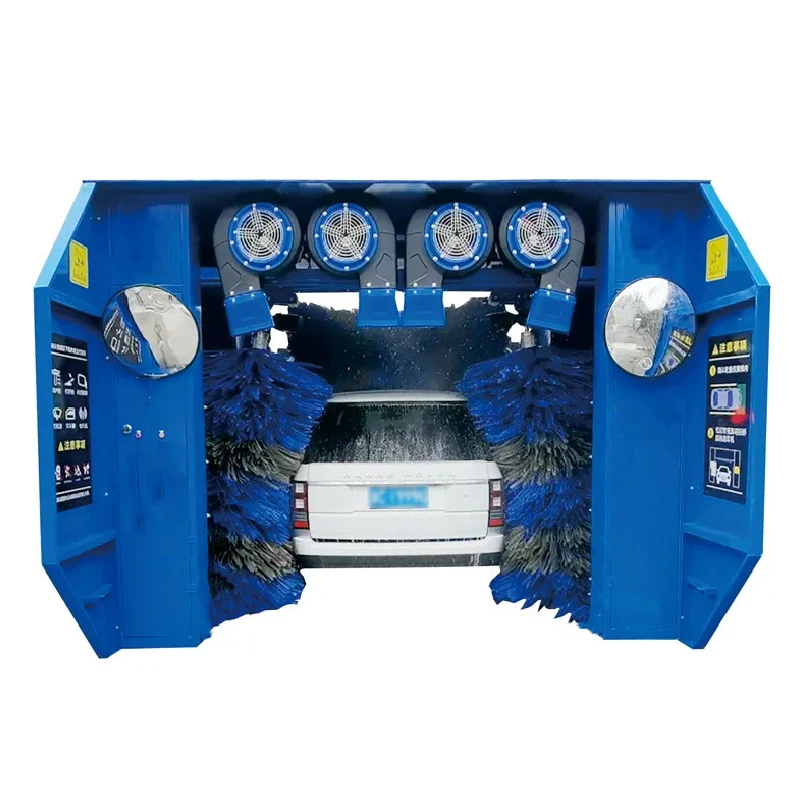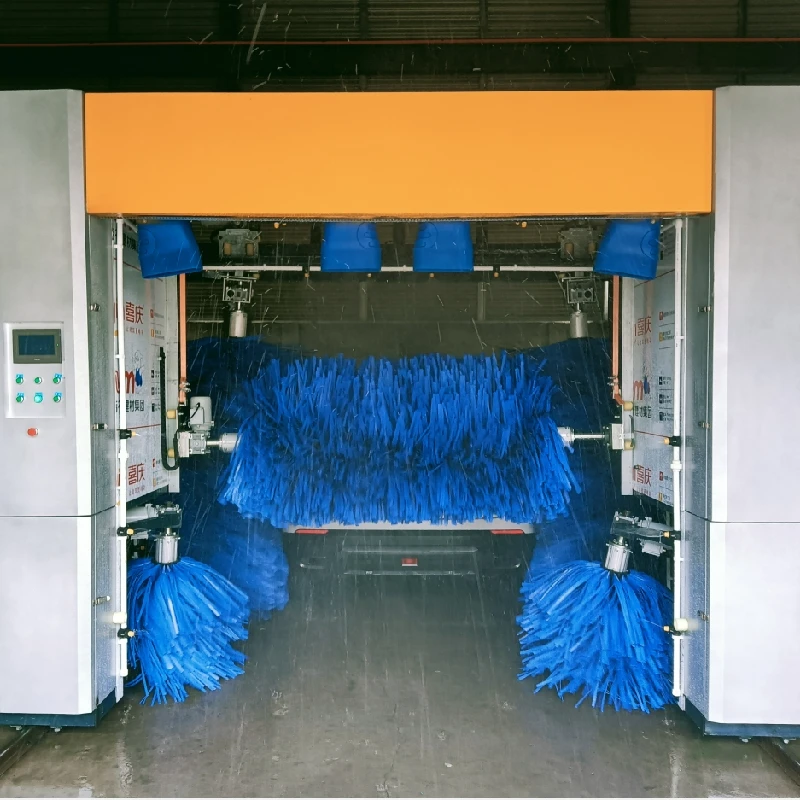
- Afrikaans
- Albanian
- Amharic
- Arabic
- Armenian
- Azerbaijani
- Basque
- Belarusian
- Bengali
- Bosnian
- Bulgarian
- Catalan
- Cebuano
- Corsican
- Croatian
- Czech
- Danish
- Dutch
- English
- Esperanto
- Estonian
- Finnish
- French
- Frisian
- Galician
- Georgian
- German
- Greek
- Gujarati
- Haitian Creole
- hausa
- hawaiian
- Hebrew
- Hindi
- Miao
- Hungarian
- Icelandic
- igbo
- Indonesian
- irish
- Italian
- Japanese
- Javanese
- Kannada
- kazakh
- Khmer
- Rwandese
- Korean
- Kurdish
- Kyrgyz
- Lao
- Latin
- Latvian
- Lithuanian
- Luxembourgish
- Macedonian
- Malgashi
- Malay
- Malayalam
- Maltese
- Maori
- Marathi
- Mongolian
- Myanmar
- Nepali
- Norwegian
- Norwegian
- Occitan
- Pashto
- Persian
- Polish
- Portuguese
- Punjabi
- Romanian
- Russian
- Samoan
- Scottish Gaelic
- Serbian
- Sesotho
- Shona
- Sindhi
- Sinhala
- Slovak
- Slovenian
- Somali
- Spanish
- Sundanese
- Swahili
- Swedish
- Tagalog
- Tajik
- Tamil
- Tatar
- Telugu
- Thai
- Turkish
- Turkmen
- Ukrainian
- Urdu
- Uighur
- Uzbek
- Vietnamese
- Welsh
- Bantu
- Yiddish
- Yoruba
tools to wash your car
Essential Tools to Wash Your Car A Complete Guide
Keeping your car clean is not just about aesthetics; it plays a crucial role in maintaining its value and ensuring longevity. Regular washing removes dirt, grime, and harmful substances that can damage the paint and various components. To achieve that showroom shine, you need the right tools. Here’s a comprehensive guide on the essential tools to effectively wash your car.
1. Buckets
A good car wash starts with the right buckets. Ideally, you should use two buckets one for soapy water and the other for rinsing your mitt or sponge. This helps minimize the chances of dirt being reintroduced to the paint surface. A grit guard insert can further enhance your buckets by trapping dirt at the bottom, preventing it from coming into contact with your wash tools.
2. Car Wash Soap
Not all soaps are created equal. Using a dedicated car wash soap is crucial because it is designed specifically to lift dirt without stripping your car’s wax or sealant. Avoid using dish soap, as it can be too harsh. Look for pH-balanced formulas that provide a rich foam and lubricate the surface for a safe wash.
3. Wash Mitts or Sponges
A soft wash mitt is far superior to a traditional sponge. Wash mitts, especially those made from microfiber or lambswool, are gentle on the car’s surface and are more effective at lifting dirt away from the paint. Their larger surface area allows for quicker coverage, reducing the time spent on washing.
4. Wheel Cleaning Tools
The wheels of a car often accumulate a significant amount of brake dust and grime, making them one of the dirtiest parts. A dedicated wheel brush with soft bristles can help you clean the wheels without scratching their surface. It’s a good idea to use a separate bucket for your wheel cleaning to avoid contaminating your wash mitt.
tools to wash your car

After rinsing, drying your car properly is essential to prevent water spots. Microfiber drying towels are ideal for this task as they are highly absorbent and soft. Alternatively, you can use a chamois, which does a great job at soaking up water. Always make sure the drying towel is clean to avoid scratching the paint.
6. Detailing Spray or Quick Detailer
After washing and drying your car, a detailing spray can provide an extra layer of shine and protect the paint. Quick detailers are quick and easy to apply, enhancing the gloss and adding a protective layer. They are perfect for touch-ups between washes.
7. Clay Bar
For those looking to take their wash to the next level, a clay bar can be a game-changer. This tool removes embedded contaminants that washing alone can’t tackle. After washing and drying your car, use a clay bar with a lubricant spray to smooth the surface. This step leaves your car feeling like glass and prepares it for wax or sealant application.
8. Wax or Sealant
To protect your car’s paint job after washing, applying a coat of wax or sealant is a good practice. Wax provides a protective barrier and enhances shine, while sealants offer longer-lasting protection. Both come in various forms liquid, paste, or spray. Choose what best suits your application style and results.
9. Pressure Washer (Optional)
While not essential, a pressure washer can make the car washing process quicker and more effective. It’s great for rinsing off larger debris and applying foam cannon attachments for an extra-soapy pre-wash. If you opt for a pressure washer, ensure you have the right nozzle to prevent any damage to your car's surface.
Conclusion
Washing your car might seem straightforward, but using the right tools can make a significant difference in both the outcome and the protection of your vehicle. Investing time and effort into this essential maintenance will not only keep your car looking pristine but also help prolong its life. Whether you’re a DIY enthusiast or a casual car owner, the right tools will guide you towards achieving a professional-quality clean at home. Happy washing!
-
Xingtai Dingyuan Carwash Equipment Supplier StoryNewsAug.24,2025
-
Xingtai Dingyuan Car Wash Manufacturers StoryNewsAug.24,2025
-
Wholesaler’s Choice DY-QC-9 Tunnel Car Washing MachineNewsAug.24,2025
-
The Efficient Solution For Sourcing Commercial Car Washing MachinesNewsAug.24,2025
-
DY-QC-5 Automatic Car Washing Machine Dingyuan IntelligentNewsAug.24,2025
-
DY-QC-5 Automatic Car Washing Machine For WholesalersNewsAug.24,2025



